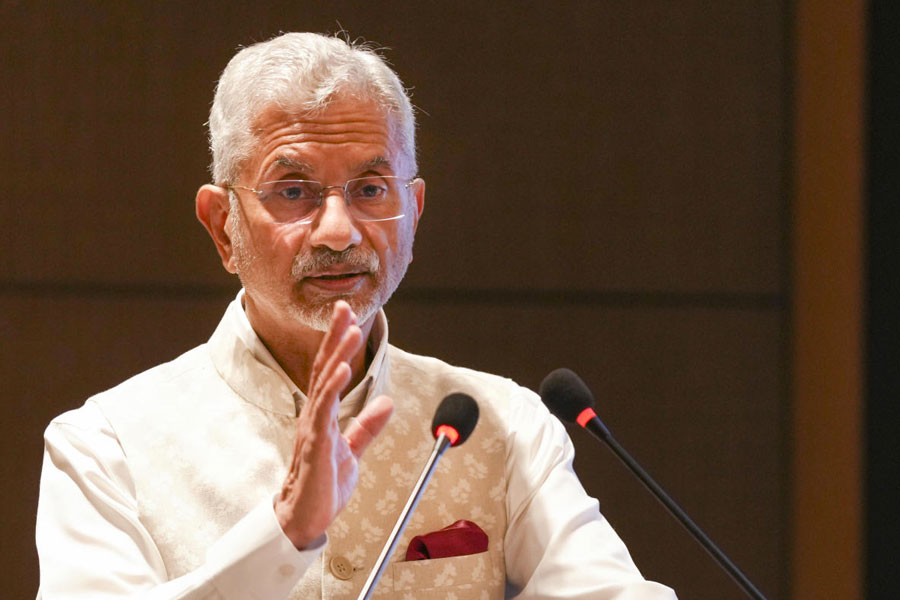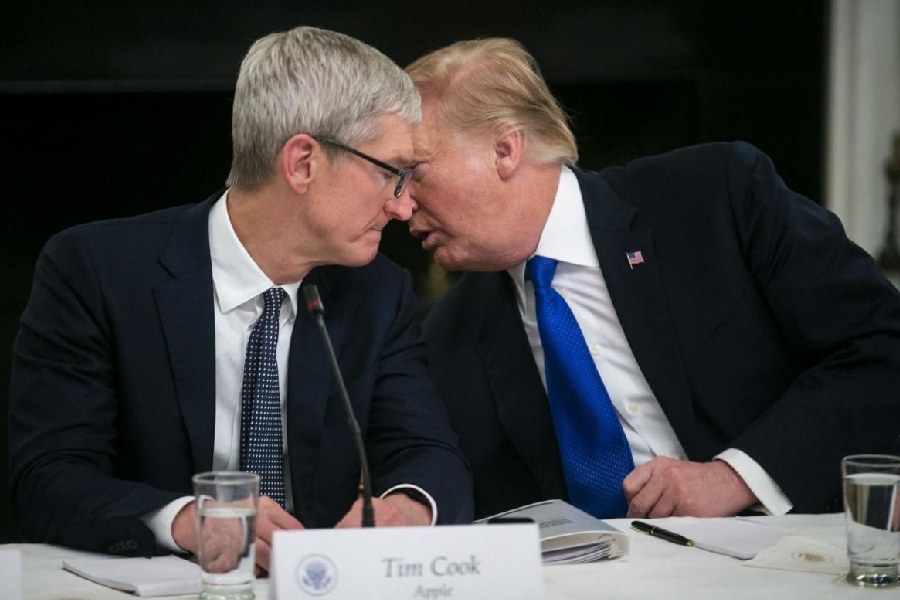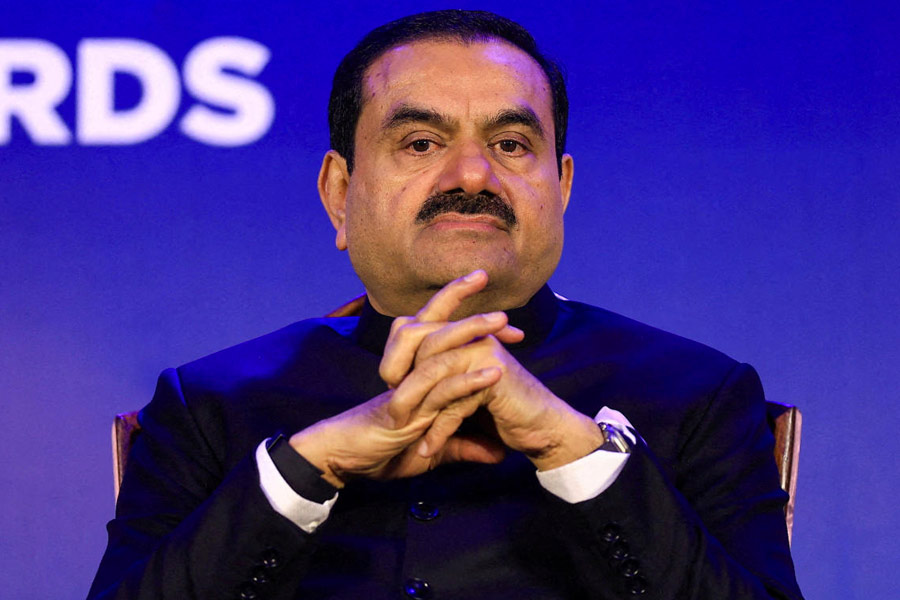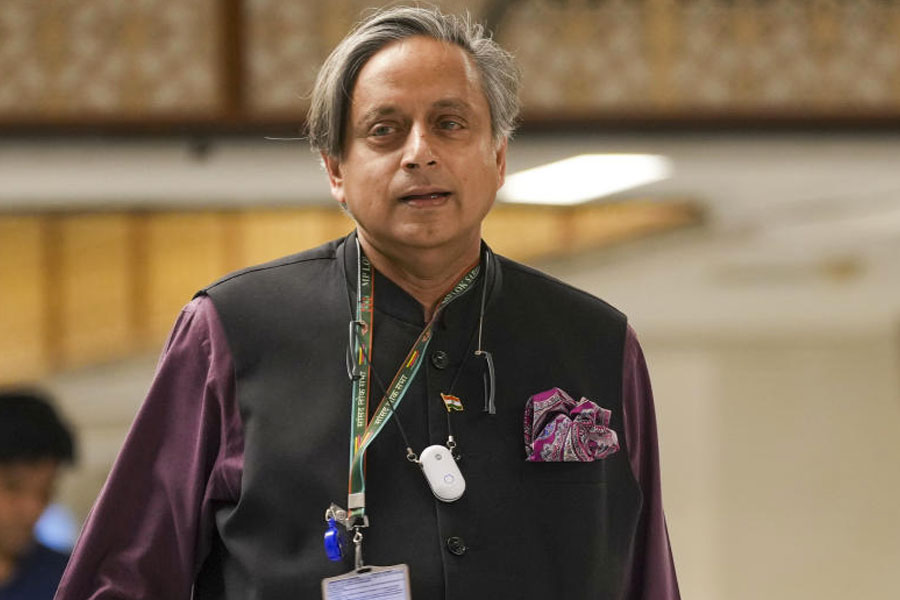|
|
The author is a retired air marshal of the Indian air force
The recent midair collision between two IL 38 aircraft of the Indian navy, while engaged in a formation fly past exercise, was tragic and unfortunate. Unnecessary speculation and comment was pre-empted by the Indian navy’s prompt and competent approach to public relations by declaring that a collision had taken place and that a board of inquiry would investigate the precise cause which would cover the entire range of possibilities from catastrophic technical failure to human error. Unfortunately this did not prevent some local leaders from pronouncing that flying for entertainment and exhibition over the airfield needed to be stopped. Such remarks display a lack of understanding of the ethos underlying military services in general and military aviation in particular, of which more later.
India has a coastline of some 7,600 kilometres and an exclusive economic zone covering around three million km within which lie not only our island territories, but also vast commercial assets like oil, minerals and fisheries. A huge volume of trade passes through the sea-lanes in India’s maritime backyard introducing dangers of piracy, illegal arms, drug trafficking and the very security of these lanes.
Policing and safeguarding of such vast maritime assets is the daunting task of the Indian navy. During peacetime, while the coast guard monitors coastal waters, it is the Indian navy that patrols the EEZ. Maritime reconnaissance is one of the roles of the squadron to which the ill-fated IL 38 aircraft belonged. In addition to this perennial peacetime role, in times of hostilities, MR aircraft have the responsibility of locating surface and sub-surface threats and engaging the latter in the anti-submarine warfare role. The task of engaging surface threats within range of shore-based aircraft is that of the Indian air force working in tandem with the MR mission. It needs recalling that during the Maldives crisis, it was an IL 38 aircraft of this squadron that located the merchant vessel Progress Light which was being used by the rebels to escape
The Indian navy has two maritime squadrons, one of which was equipped with five IL 38 aircraft prior to this accident, and the other with eight TU 142M aircraft. The older of the two, the IL 38 airframe was initially designed for use as a commercial aircraft and later developed by the erstwhile Soviet navy for the MR and ASW role. The four-engine IL 38 has a wingspan of nearly 123 feet and length of 131 feet with a range of some 7,200 km. MR aircraft, by virtue of their specialized role, tend to be large and heavy since they are expected to carry out patrols for many hours over areas that themselves are thousands of kilometres away from base. Unlike the smaller and more agile fighter and tactical- bomber aircraft for which formation flying is an operational necessity, formation flying in large aircraft is a demanding task as it is neither role specific nor a design criterion.
As was reported in the press, the aircraft have been in service with the Indian navy for 25 years and had an accident-free record of some 30,000 hours of flying. While this is a creditable feat on the part of the air and ground crew, a scrutiny of the flying hours would indicate that it averages to around 20 hours of flying per aircraft per month. For an aircraft of this role where routine patrols may last up to ten hours or more, this rate of utilization is significantly low. One can guess that part of the problem is not lack of will on the part of the squadron, but that of effective support.
One of the greatest weaknesses faced by all the services with respect to weapon systems procured from the erstwhile Soviet Union has been the indifferent product support. It is more than likely that this single factor has contributed to this low quantum of flying. Such limited flying has negative fallout on aircrew training. In military aviation it is an accepted fact that regular flying training results in better operational preparedness of aircrew, both mentally and physically. Studies on flight safety reveal an inverse linkage between quantum of flying put in by pilots and aircrew related accidents. Undoubtedly the board of inquiry will examine all aspects to arrive at its findings and more importantly, lessons to be learnt. Till then it is not prudent to speculate on likely causes.
The fallout of this accident would merit immediate attention if the gap in the Indian navy’s MR capability is to be plugged. First, a squadron of the remaining three IL 38 aircraft would not appear to be operationally viable. Probably, even with five aircraft it was not so, considering that the second MR squadron has a strength of eight aircraft. While in the short term it may be tempting to consider an option to obtain more IL 38 aircraft, this may not necessarily serve our long-term maritime interests. Such an option would need to be weighed against delays in bringing any fresh induction up to Indian navy’s standard of preparation, obsolescence of this fleet and so on. To a lesser extent similar reasons would apply, if this squadron were also to be re-equipped with TU 142M aircraft. In the final analysis long-term maritime interests should drive decision-making in this regard.
Perhaps a better solution would be to re-equip the squadron in the medium term with a Western system such that at least one MR squadron is equipped with modern airborne platforms with state-of-the-art systems and weapons. In this context there have been persistent media reports of the government negotiating with Russia for the lease of four TU 22 aircraft for the Indian navy. This aircraft which is of Sixties’ vintage was essentially a Cold War supersonic bomber later modified for the maritime reconnaissance role. Not only is it ill suited for the nation’s MR needs by virtue of its reheated jet power plants and supersonic airframe, but more important, leasing operational aircraft has never been a practice successfully followed anywhere. This is because the spares and test equipment needed will have to be paid for and stocked at great cost. And yet with only four aircraft, fleet availability will be abysmally low.
Induction of a new combat aircraft is capital-intensive in terms of infrastructure and manpower training costs, irrespective of whether the aircraft are purchased or indeed free. This is a huge investment for returns that appear questionable. One can only hope that under the guise of the MR role, this is not an inter-service turf battle to grab a slice of the IAF strategic strike role, part of which has already been surrendered to the army in the form of Agni missiles. Now that an integrated defence staff is in saddle working under the chiefs of staff committee, an integrated look at these issues will serve larger national security interests.
Military aircraft, unlike their commercial counterparts, are not designed with safety as the prime criterion. Since military aircraft are weapons of war, their design is a complex compromise between operational capability, handling characteristics, safety, crew comfort, ability to survive battle damage and so on. Added to these is the fact that the crew must handle the system with tactical skill to outperform and outwit the enemy. Military aviation is therefore inherently risk-prone both in peace and war. The challenge to professional military air arms is to keep risk within acceptable limits such that it is commensurate with the operational returns anticipated.
Flying displays are a recognized means of showing air prowess. They exhibit the combat potential of units, engender pride in the unit and its families and inspire the young generation into choosing military aviation as a career. They also play a significant role in shaping both the operational skill and morale of the units and their families, and while they may entertain the show-watchers, by themselves they are serious training exercises. Few with knowledge of military aviation and its demands would question that these intangible returns are worth spending time and effort on. That is why, notwithstanding this tragedy, the IAF continued with its fly past on its 70th anniversary as indeed naval air squadrons will continue to do when future occasions arise. It is vital therefore that those in positions of responsibility, as indeed the media and the nation, refrain from over-reaction when military air-accidents take place.











